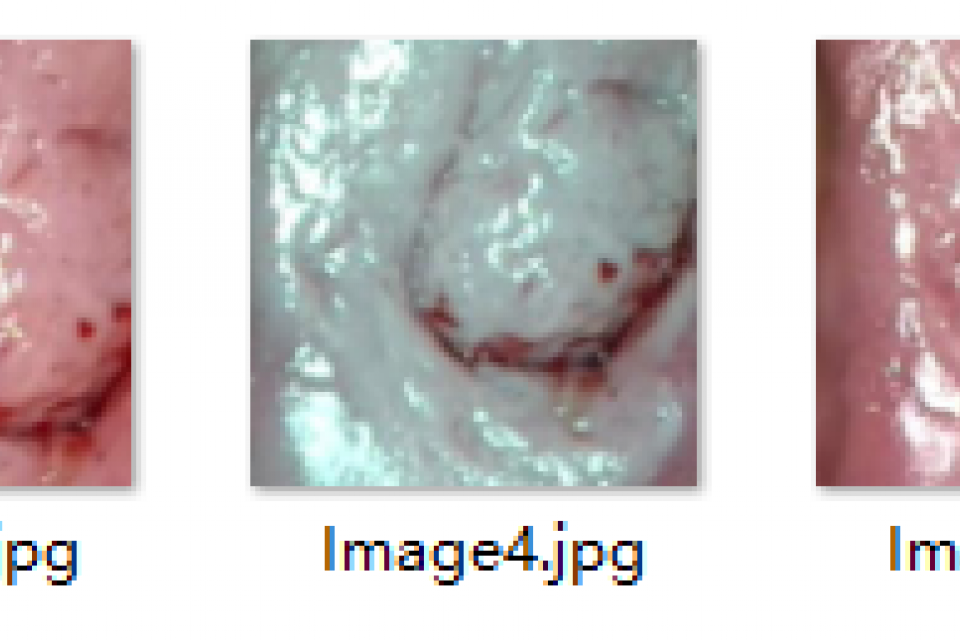Datasets
Standard Dataset
ENERGY CONSUMPTION PURE ALOHA(Μ-AMPS)
- Citation Author(s):
- Submitted by:
- Victor de Oliveira
- Last updated:
- Fri, 03/08/2024 - 01:25
- DOI:
- 10.21227/v0cq-pj60
- Data Format:
- License:
 360 Views
360 Views- Categories:
- Keywords:
Abstract
DataSet used in learning process of the traditional technique's operation, considering different devices and scenarios, perform the commutation through Pure ALOHA protocol, and make the device to operate with the best possible configuration.The control of energy consumption is essential for the operation of battery-operated systems, such as those used in IoT networks and sensors. The algorithms commonly employed for this purpose involve optimization functions with considerable complexity and rigorous control of the test environment. On the other hand, energy optimization algorithms implemented for the pure Aloha protocol, which serves as the basis for communication technologies in IoT networks such as LoraWAN, tend to be simpler and may result in packet collisions, leading to energy waste. In light of this, this proposal aims to implement an energy consumption reduction algorithm based on machine learning for the Aloha protocol. This algorithm will optimize multiple transmission variables, such as the number of bits per frame, transmission power, the number of hops from sender to receiver in the network, and data transmission rate. The expected outcome is to create a system that minimizes energy consumption during each transmission in the devices forming the network.
Benh -> Energy (dBmJ/bit)
h -> Number of hops
d -> distance (m)
R -> Transmission Rate
P0 -> Power (dbW)
Nb -> Number of bits
a -> attenuation constant







Comments
Access DataSet link.
-